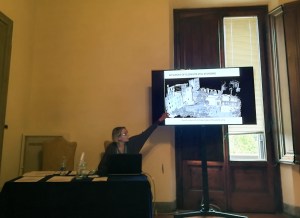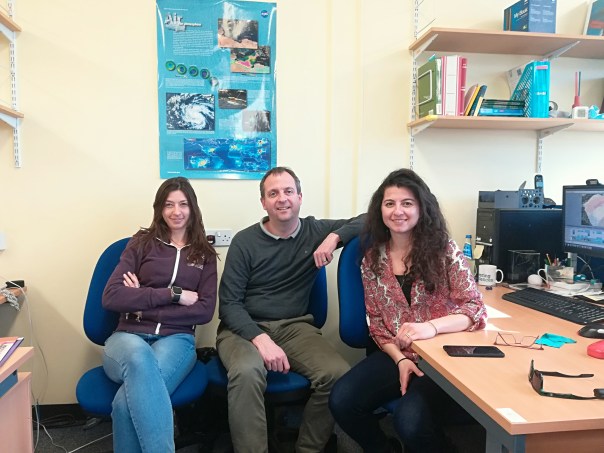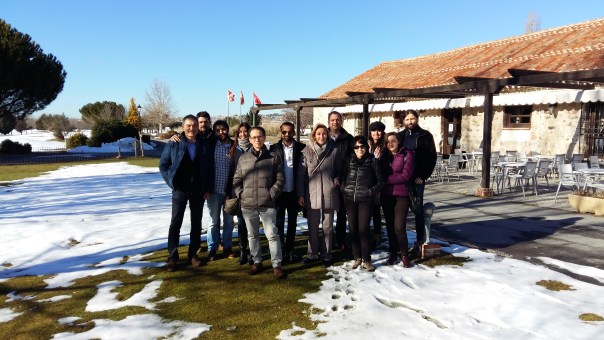Sara Gonizzi Barsanti and Laura Micoli of the POLIMI unit presented the results of the CHT2 project at the Florence Heri-tech conference held in Florence from 16th to 18th May 2018.
S. Gonizzi Barsanti, G. Guidi, 2018: A New Methodology for the Structural Analysis of 3D Digitized Cultural Heritage through FEA, IOP Conference Series: Materials Science and Engineering, Florence Heri-tech Conference, 16-18 May 2018
L.L. Micoli, S. Gonizzi Barsanti, U. Malik, G. Guidi, 2018: 3D data integration for the digital reconstruction of cultural heritage monuments, IOP Conference Series: Materials Science and Engineering, Florence Heri-tech Conference, 16-18 May 2018







